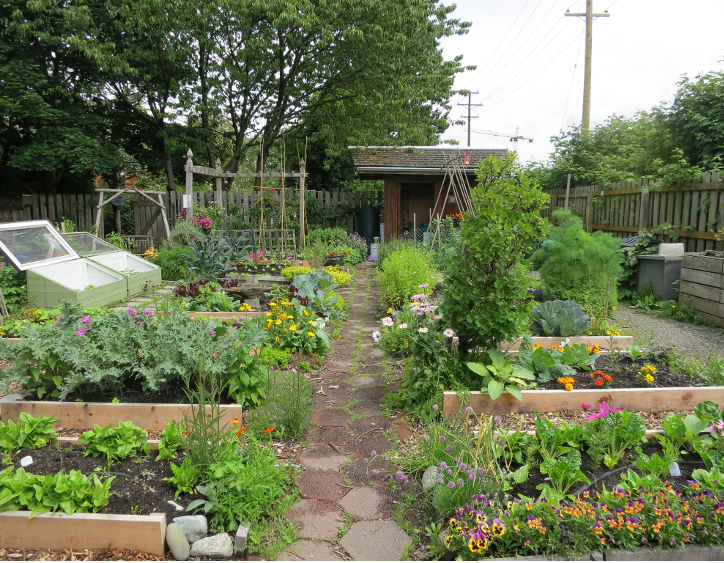Sustainable. What does it mean to you? With an increased public awareness in the “being green” movement due to changes in our climate and resources, the word sustainable continues to be more relevant than ever before. Many think that living a more sustainable life means spending large amounts of money to make these changes, but that’s not the case. Here are 10 easy ways to make changes toward a more sustainable life that’s light on the wallet and good on the environment:
1. Invest in a compost bin. Instead of throwing organic materials into our rapidly filling landfills, you can transform that material into black gold for your yard and garden. Composting is a great way to dispose of unsightly organic waste and improve the quality of your soil at the same time. Check this link for a great, inexpensive way of building your own.
2. Transition to using more natural oils. Coconut oil, for example, is not only good for cooking and baking, but for personal use as well. You’ll no longer spend money on lotions, cleansers, after-shave, etc. Here’s a list of 80 ways you can implement coconut oil in your life.
3. Preserve your own food. Reusable jars with your own preservatives makes much more sense than continuously purchasing new containers. Here are some recipes for jelly, salsa, syrups, fruits, etc.
4. Purchase a reusable water bottle or infuser. As convenient as it is to purchase a new plastic water bottle daily, you’ll cut back over $500 a year on water bottles by switching to a plastic or metal water bottle. Infusers are also great alternatives to add organic fruits or veggies to your water to give it more nutrients and flavor. Here are some natural, and beautiful ways to begin infusing in your new water bottle.
5. Purchase more reusable items while straying away from disposables. Make the change to be paper towel/napkin free. Use towels and rags as cloth napkins for both cleaning and everyday use. Stock up on reusable utensils and plates that could be used for party supplies. Less paper and plastic waste leaves less of a carbon footprint. To save money, you can also make your own cloth napkins here.
6. Invest in mulch in your gardens. Cover up your lawn by using mulch around your plants and lawn to cut the amount of water lost through evaporation by 70%. Not only are you conserving water, but you’re creating a new, clean look for your landscaping. Get landscaping and mulching tips and suggestions here.
7. Plant a garden! Create some space in your yard, or a window-sill for your own herb, fruit, or vegetable garden. April is the perfect month to get this started. This is a fun way of lowering your grocery bill and carbon emissions. The farther your food travels to reach your plate, the greater the energy and associated greenhouse emissions. Here are three easy steps in creating and planning your personal vegetable garden.
8. Make your own cleaning supplies. You can make effective, non-toxic cleaning products whenever you need them. Start with simple recipes such as baking soda, vinegar, lemon, and soap. This will save you money, time, and packaging- not to mention your indoor air quality. Find some cleaning-supply recipes here.
9. Change your lighting at home. By choosing compact fluorescent bulbs over incandescent bulbs, you will save money through time while using less energy. These bulbs will last over 20 times longer than incandescent bulbs. They will also convert more of the electricity supplied into visible light than their popular counterparts. You can find lightbulb options through www.amazon.com
10. Shop locally. Some cities are home to more local farmers than others, but finding local markets where you can pick up fresh produce and locally grown meats are still out there. It may not always seem practical, but if you start supporting the smaller, locally owned businesses in your community, you’ll not only be stimulating the local economy, you’ll also find yourself eating healthier, in-season foods.
Whether you’re tackling one, two, five or all 10 of these tips, the point is that doing even one of them is a good first step in the right direction. Living a sustainable life doesn’t always mean making expensive changes. Small changes make the biggest differences. What other tips for being more sustainable do you have?


